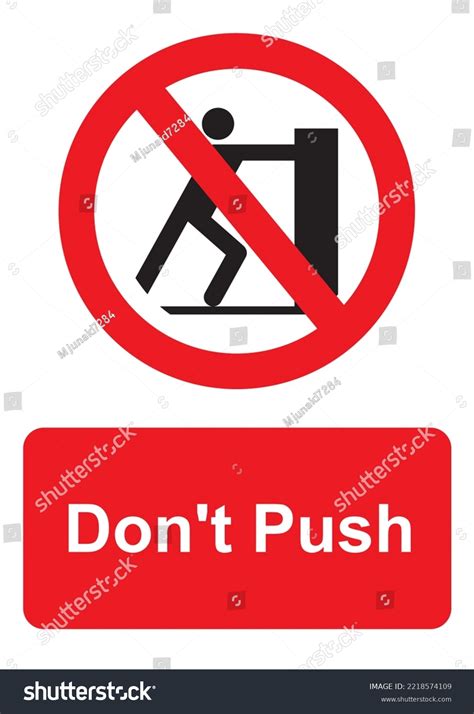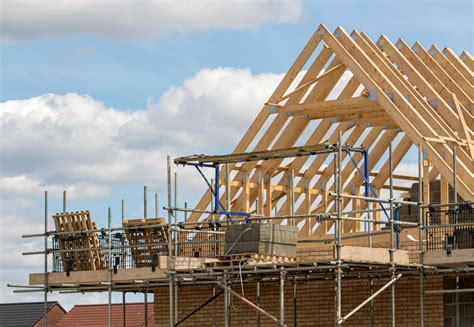How do I break through a strength plateau for consistent gains and peak physical performance?

The Frustration of the Strength Plateau
It’s a common scenario for anyone dedicated to strength training: you’re consistently hitting new personal bests, making visible progress, and then, suddenly, everything grinds to a halt. You’re stuck lifting the same weight for the same reps, week after week. This is a strength plateau, and while it can be incredibly frustrating, it’s also a normal part of the physiological adaptation process. Your body has become efficient at what you’re asking it to do, and to elicit further change, you need to introduce a new stimulus.
Re-evaluating Your Training Strategy
The core principle behind all strength gains is progressive overload—the gradual increase of stress placed on the musculoskeletal system. When you hit a plateau, it often means your current method of progressive overload is no longer sufficient. It’s time to get creative and strategic.
Varying Progressive Overload
- Increase Volume or Intensity: If you can’t increase the weight, try adding more reps, more sets, or decreasing rest times between sets. Alternatively, experiment with advanced techniques like dropsets, supersets, or giant sets to increase time under tension and metabolic stress.
- Change Rep Ranges: Don’t always stick to the same 8-12 rep range. Spend a few weeks working in lower rep ranges (3-6) for pure strength, and then switch to higher reps (12-15+) to build endurance and hypertrophy.
- Manipulate Tempo: Slow down the eccentric (lowering) phase of your lifts to increase muscle damage and time under tension, which can stimulate new growth.
Deloads and Active Recovery
Sometimes, a plateau isn’t about lack of effort but about accumulated fatigue. A planned deload week, where you significantly reduce your training volume and/or intensity, can allow your body to recover fully, repair tissues, and come back stronger. Active recovery, such as light cardio, stretching, or foam rolling, can also aid in recovery.

Incorporate Accessory Work
Often, a plateau in a major lift (like a squat or bench press) is due to a weak link in the kinetic chain. Identify your weak points (e.g., triceps for bench, glutes for squat) and add specific accessory exercises to strengthen them. For example, close-grip bench for triceps, or glute bridges for stronger squats.
Periodization and Program Changes
Sticking to the same routine for too long can lead to adaptation and boredom. Implementing a periodized training program, where you systematically vary intensity, volume, and exercise selection over specific cycles, can prevent plateaus and ensure continuous progress. Every 4-8 weeks, consider switching up your primary exercises, rep schemes, or even the order of your workouts.
Optimizing Nutrition for Growth and Performance
You can train perfectly, but if your nutrition isn’t dialed in, your body won’t have the resources to recover, build muscle, and get stronger.
Caloric Intake and Macronutrients
Ensure you are consuming adequate calories to support your activity level and muscle growth. If you’re in a consistent deficit, strength gains will be extremely difficult. Prioritize protein intake (around 1.6-2.2g per kg of body weight) for muscle repair and synthesis, and don’t shy away from healthy fats and complex carbohydrates for sustained energy.
Hydration and Micronutrients
Water is crucial for every bodily function, including nutrient transport and joint lubrication. Dehydration can significantly impair performance. Also, ensure you’re getting a wide array of vitamins and minerals from fruits, vegetables, and whole grains, as these micronutrients play vital roles in energy production and recovery.

Prioritizing Recovery and Lifestyle Factors
Training breaks down muscle; recovery builds it back stronger. Neglecting recovery is a surefire way to hit a plateau and risk injury.
Quality Sleep
Aim for 7-9 hours of high-quality sleep per night. During sleep, your body releases growth hormone and repairs tissues. Insufficient sleep elevates cortisol (stress hormone) and hinders muscle recovery and strength adaptations.
Stress Management
Chronic stress, whether from training, work, or personal life, can significantly impact your ability to recover and perform. Incorporate stress-reducing activities like meditation, yoga, or spending time in nature.
Active Recovery Techniques
Incorporate foam rolling, stretching, massage, or dynamic warm-ups into your routine to improve blood flow, reduce muscle soreness, and enhance flexibility, all of which contribute to better performance and recovery.

The Mental Game: Mindset and Consistency
Breaking through a plateau isn’t just physical; it’s also mental. Your attitude and consistency play a huge role.
Set Realistic Goals and Track Progress
Don’t expect to break a plateau overnight. Set small, achievable goals. Meticulously track your workouts—sets, reps, weight, and even how you felt. This data is invaluable for identifying patterns, understanding what works, and celebrating small victories that keep you motivated.
Embrace Patience and Persistence
Plateaus are tests of patience. Understand that they are a normal part of the journey and that consistent effort, coupled with smart adjustments, will eventually yield results. Don’t get discouraged; stay persistent.

Seeking Expert Guidance
If you’ve tried various strategies and are still stuck, consider consulting a qualified personal trainer or strength coach. An experienced professional can identify blind spots in your training, nutrition, or recovery, provide an unbiased perspective, and develop a personalized plan to help you break through your plateau.

Breaking Through and Beyond
Breaking a strength plateau requires a holistic and adaptive approach. It’s rarely just one thing holding you back. By strategically varying your training, optimizing your nutrition, prioritizing recovery, and maintaining a resilient mindset, you can not only shatter your current plateaus but also lay the groundwork for consistent gains and sustained peak physical performance. Remember, a plateau is not a wall, but a signpost pointing you towards smarter training and a deeper understanding of your body’s capabilities.







